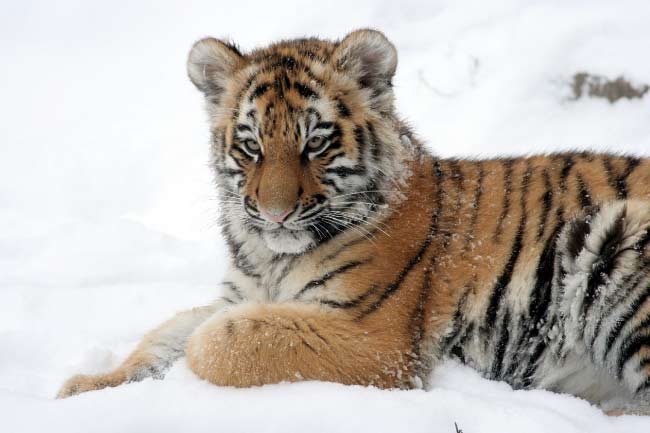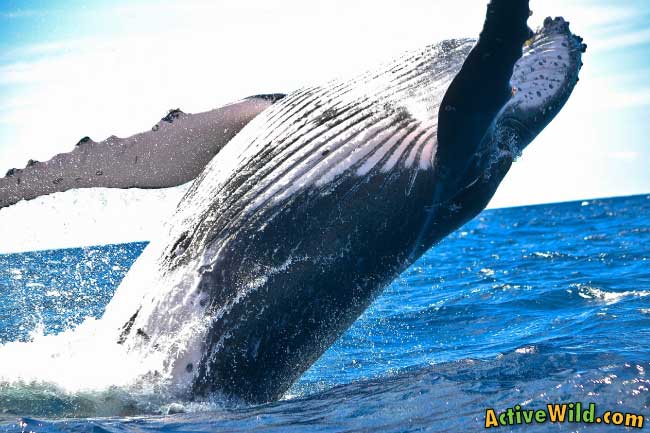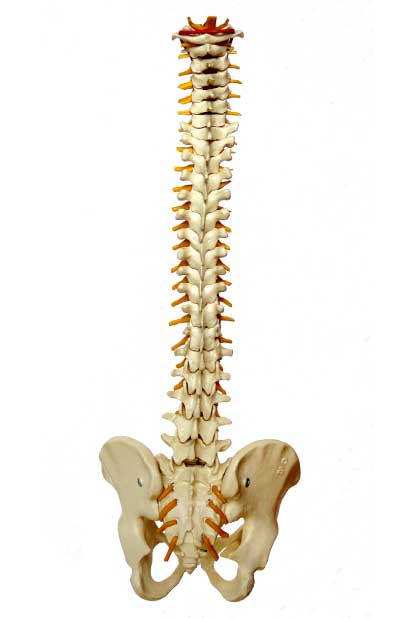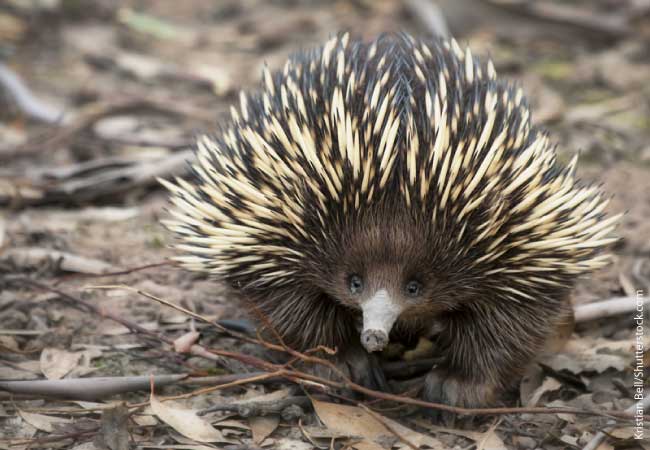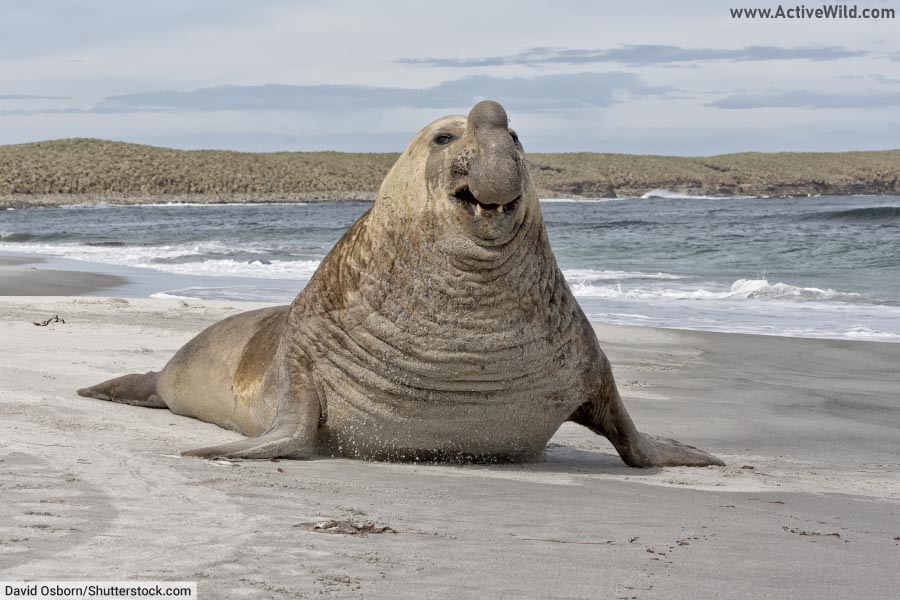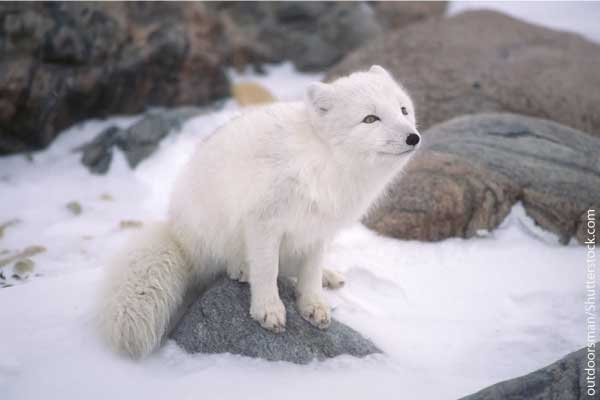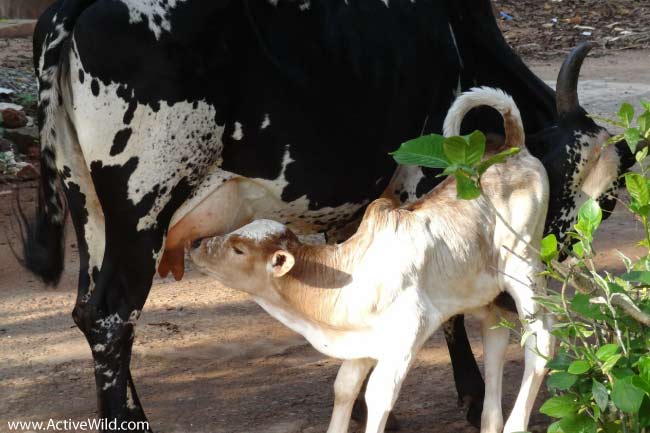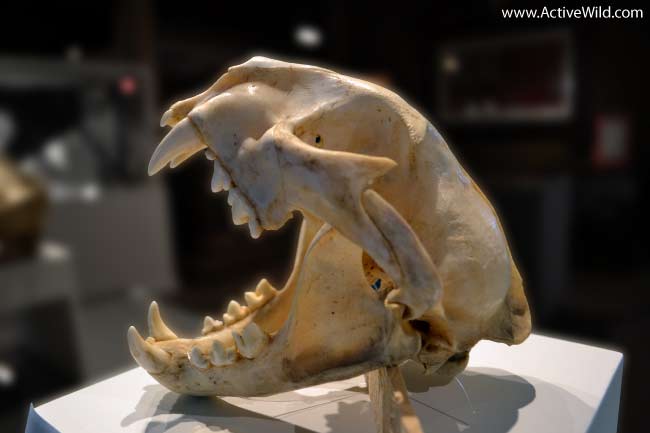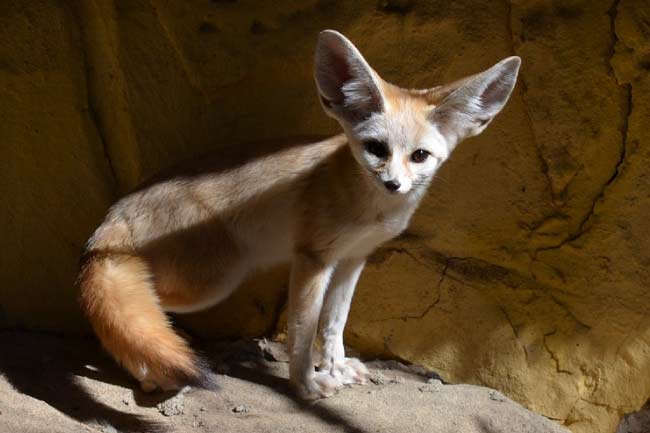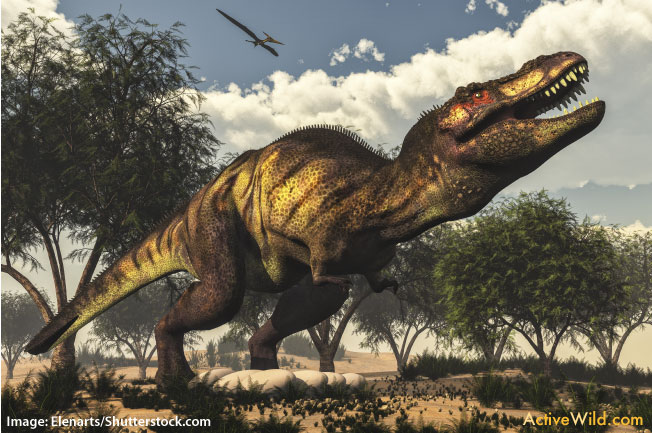What Is A Mammal? Welcome to Part 2 of Active Wild’s Ultimate Guide To Mammals, a series containing mammal facts, information and pictures.
On this page we'll discover the characteristics that make a mammal a mammal, and look at the scientific definition of a mammal.
You'll discover some incredible mammal facts, and meet some amazing animals!
We recommend that you read the whole page to become a mammal expert, but if you just want to refresh your knowledge, use the links below to jump (kangaroo-style) to the required section!
- Characteristics Shared By All Mammals
- Characteristics ONLY Found In Mammals
- Other Common Mammalian Characteristics
- Living With Dinosaurs
Other pages in this series:
- Part One: Mammals: An Introduction
- Part Three: Types of Mammal
- Part Four: Mammal Evolution
- Is a bird a mammal?
- Are sharks mammals?
- Is a dolphin a mammal?
If you enjoy this page then feel free to link to it from your own website. Alternatively, you can share it on social media using the icons at the top of the page!
What Is A Mammal? Introduction
Mammals are an incredibly diverse group of animals. Mice, lions, horses, dolphins, hippos and humans are all mammals.
Most mammals live on land, but some (e.g. whales) live in the sea, and some (bats) can fly! Despite this huge variety, all mammals have certain things in common, and on this page we’re going to be finding out what those things are!
What Makes A Mammal A Mammal?
To get your brain in gear – and to get you thinking about what a mammal actually is – here are some quick questions.
- Is a bird a mammal?
- Are sharks mammals?
- Is a dolphin a mammal?
- Is a fish a mammal?
- Do mammals lay eggs?
Don’t worry if you can’t answer them – by the end of this article you’ll know the answers, and we’ll ask you again to make sure! (We’ll also give you the answers, just in case!)
Definition Of A Mammal: A Member Of Mammalia
Scientifically speaking, a mammal is a member of a ‘class’ of animal called ‘Mammalia’.
A ‘class’ is a group of animals that have certain things in common.
Scientists like to put animals into groups, and a ‘class’ is one of these groups. You may have heard of some other animal classes such as ‘Insecta’ (insects), or ‘Aves’ (birds).
An animal can only be in one class, so a member of the Aves class, such as a hummingbird, is definitely not a mammal!
Although a mouse looks very different to an elephant, both are mammals. However, a hummingbird – although similar in size to a mouse – is not a mammal (it’s a bird!).
Despite the difference in size between a mouse and an elephant, they have more in common with one another than either of them does with the hummingbird.
So what is it that all mammals have in common? What are the shared characteristics of all of the members of Mammalia?
By the way, an animal is any species in the animal kingdom, Animalia. A ‘kingdom’ is one of the largest scientific groups of living things. You may have heard of other kingdoms, such as the plant kingdom (Plantae), or the fungus kingdom (Fungi).
What Is A Mammal? Characteristics Shared By All Mammals:
The following characteristics are present in all mammals. However, they are also present in other types of animal; having any of these characteristics doesn’t necessarily make an animal a mammal.
All mammals are vertebrates.
A vertebrate is an animal with a backbone. All mammals have backbones, but so do lots of other types of animal, such as fish and birds.
All mammals are warm-blooded (endothermic).
Being warm blooded (or endothermic, to be scientific) means that an animal’s body can heat itself up or cool itself down. For example, if it gets too cold we start to shiver, which warms us up. If it gets too hot, we start to sweat, which cools us down.
Cold-blooded (ectothermic) animals such as reptiles can’t regulate their body temperatures. Therefore if a snake gets too cold, it has to find a sunny spot to lie in.
All mammals give birth to live young … er, apart from monotremes.
(Virtually) all mammals give birth to live young. Mammal eggs are fertilized internally and develop inside a female mammal’s body.
However, NOT ALL mammals give birth. There are 5 mammals (the platypus and the four species of echidna) that lay eggs! These egg-laying mammals are known as monotremes.
All mammals have lungs for breathing air.
All mammals breathe air and have lungs. Even mammals that live in the sea, such as whales and dolphins, have to come up for air between dives.
All mammals have a four-chambered heart.
A mammalian heart has four chambers: the upper left and right atria and the lower left and right ventricles. A four-chambered heart isn’t unique to mammals: birds and crocodiles have a similar system.
Secondary palate
The secondary palate is a structure that allows air to flow from the nostrils to the back of the mouth. It allows an animal to chew and breathe through its nostrils at the same time. All mammals have them.
What Is A Mammal? Characteristics ONLY Found In Mammals:
The following characteristics are ONLY found in mammals. If you find an animal with any of these, then you’re definitely looking at a mammal!
Only mammals have hair.
Mammals are the only animals to have hair. Hair not only provides insulation: it also provides protection, and – in the form of whiskers – sensory information.
Even whales and dolphins have hair, or at least hair follicles, the structures in the skin that produce hair. In some whales, the hair disappears shortly after they’re born, or is only present in small amounts.
And before you ask, yes, your Grandad is a mammal – he did have hair once!
Only mammals have mammary glands.
Mammary glands are sweat glands that have adapted to produce milk. All female mammals feed their young with milk, which is nutritious and also protects the young mammal from disease.
The word ‘mammal’ itself comes from ‘mammary’. Mammals are the only animals that feed their young milk.
Only mammals have three bones in the middle ear.
Mammals have three bones in the middle ear. These bones, called the malleus, incus, and stapes, help to transmit sound from the outer ear to the inner ear.
Only mammals have neocortex region of the brain.
The neocortex is a region of the brain that is responsible for making sense of the signals received by the eyes, ears and other sensory organs. It also helps in movement, working out problems visually, and in thinking and understanding.
Only mammals have sweat glands.
Sweat glands are structures found in the skin that excrete fluid. They help to keep a mammal at the correct temperature.
Not all mammals have sweat glands. Cetaceans – the group of mammals that includes whales, porpoises and dolphins – don’t have sweat glands.
Only mammals have a single lower jaw bone.
If you find an animal that has a single lower jaw bone, then it’s definitely a mammal. The direct ancestors of mammals were reptiles. Their lower jaws comprised several bones, including one called the dentary.
As reptiles evolved into early mammals, some of the bones moved, and some disappeared. Only the dentary remained, becoming the mandible – or lower jaw bone – in mammals.
Mammals have a unique jaw joint called the 'dentary-squamosal jaw joint'.
What Is A Mammal? Other Common Mammalian Characteristics:
The following characteristics are common among mammals, but are not shared by all mammals, and may be found in other types of animal.
External Ears.
Most mammals have prominent external ears. Notable example of mammals without external ears are members of the earless seal family, Phocidae.
Color Vision & Binocular Vision.
Most mammals have good vision, and are able to use both eyes to work out distances visually. This comes in handy when leaping through the trees, or pouncing on passing prey!
Large Brains in relation to body size.
Mammals are a smart bunch, and, compared to other types of animal, have large brains in relation to body size.
Living With Dinosaurs
Why did mammals evolve with all of the above characteristics? How did mammals find themselves with the abilities that enabled them to become the dominant land animals?
Many scientists believe that the answer lies in the Jurassic Period, and with dinosaurs!
Imagine living in the age of the dinosaurs! These mighty animals were pretty much unbeatable on land. They were strong, fierce, and even the plant eating dinosaurs could out-compete other animals for resources.
This meant that the early mammals had to exploit the dinosaurs' weaknesses.
Being either cold-blooded, or having poorly-developed temperature regulating systems, dinosaurs would not have been equipped to hunt at night. The early mammals, on the other hand, were better able to adapt to night foraging. They had to become nocturnal in order to survive.
With fur to keep them warm, and small, agile bodies, the early mammals found their niche in the undergrowth. They developed good eyesight, and excellent senses of smell and hearing. Whiskers helped them to find their way around, and big brains helped them to process all the information their improved senses were providing.
Juramaia, the oldest known placental mammal.
Characteristics that you possess today may have developed when your ancestors were sharing the planet with dinosaurs!
However, not all early mammals were skulking herbivores. There is fossil evidence that at least one Cretaceous mammal was a carnivore … and that it preyed on dinosaurs!
This dog-sized, dinosaur-eating ancestor was called Repenomamus. We know about its diet because a Repenomamus fossil was found … with a fossilized dinosaur in its stomach!
What Is A Mammal? Conclusion
Now if anyone asks you 'What is a mammal?' you’ll be able to tell them!
You should also be able to answer these questions with ease! (Answers at bottom of page.)
- Is a bird a mammal?
- Are sharks mammals?
- Is a dolphin a mammal?
- Is a fish a mammal?
- Do mammals lay eggs?
In the next part of our Ultimate Guide to Mammals, we’ll be discovering the many different types of mammal: from the tiny shrews that scamper around in the undergrowth, to the mighty whales that patrol the world’s oceans.
Other pages in this series:
- Part One: Mammals: An Introduction
- Part Three: Types of Mammals
- Part Four: Mammal Evolution
- Is a bird a mammal?
- Are sharks mammals?
- Is a dolphin a mammal?
If you have enjoyed this article, please share it with your friends by using the share buttons at the top of the page. Alternatively, link to this page from the teaching resources section of your website. We really appreciate it!
Answers to questions:
- Is a bird a mammal? No, a bird is NOT a mammal. It is a member of the Aves (bird) class of animals, not the Mammalia.
- Are sharks mammals? No, sharks have gills and are therefore not mammals. Sharks are fish.
- Is a dolphin a mammal? Yes! Although dolphins (and other cetaceans, such as whales and porpoises) look a bit like fish, they don’t have gills and breathe air with lungs.
- Is a fish a mammal? No! Although fish are vertebrates, and some give birth to live young, they don’t have hair, and they don’t feed their young with milk. These, and other factors, mean that they definitely aren’t mammals!
- Do mammals lay eggs? Yes – some mammals actually lay eggs! Well, only five species to be exact: the platypus and four species of echidna. Together they are the only remaining monotremes, an ancient order of mammals that lay eggs.


